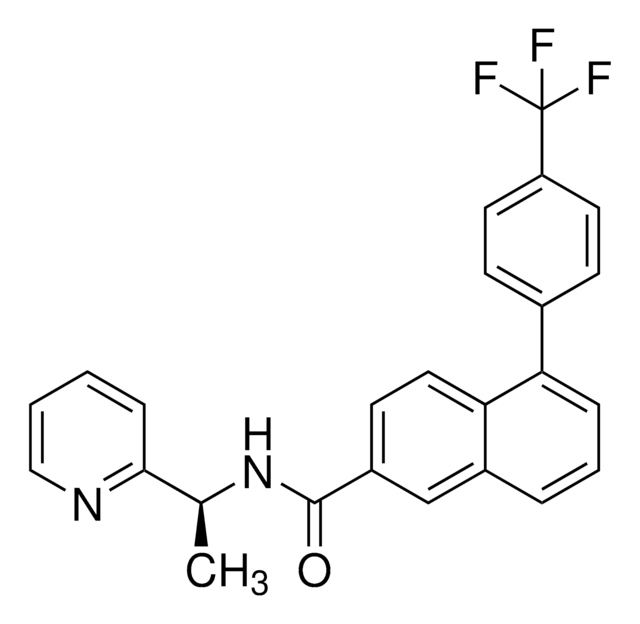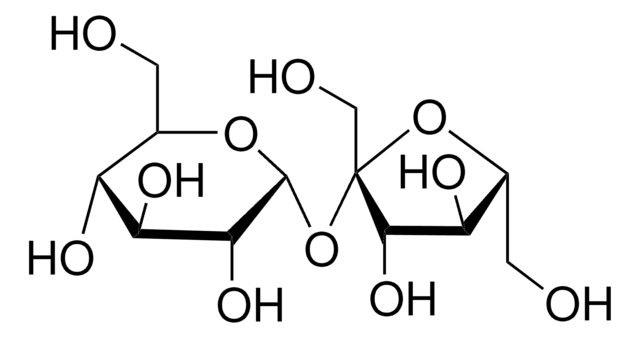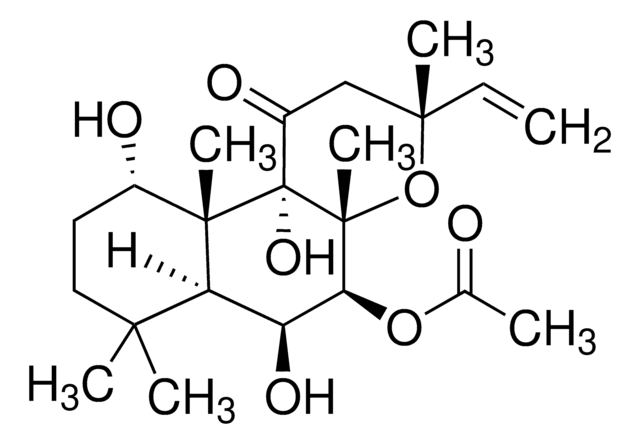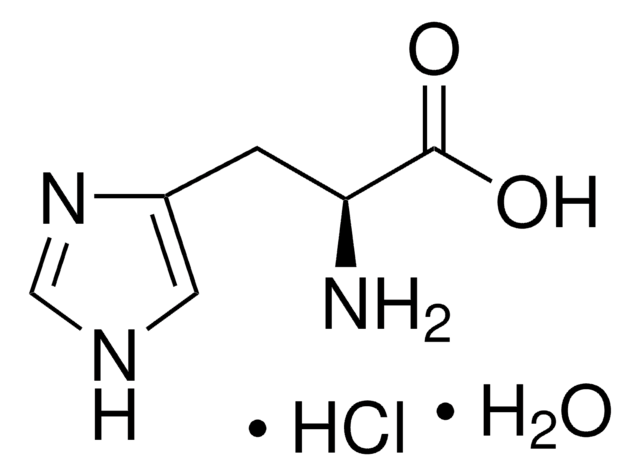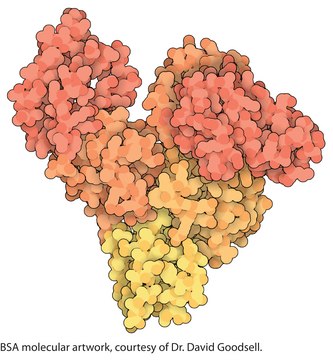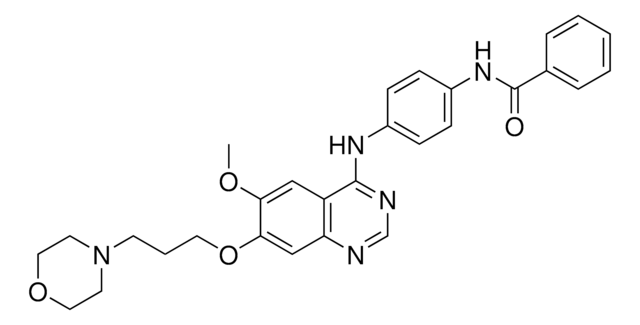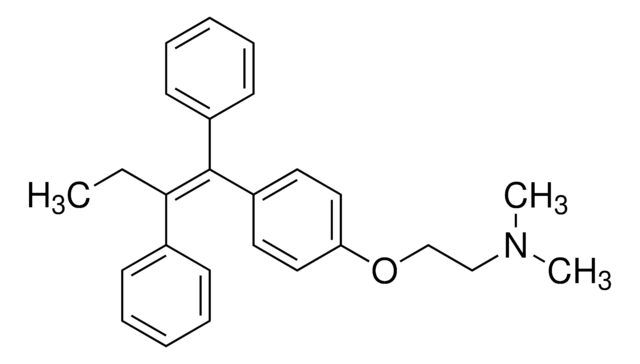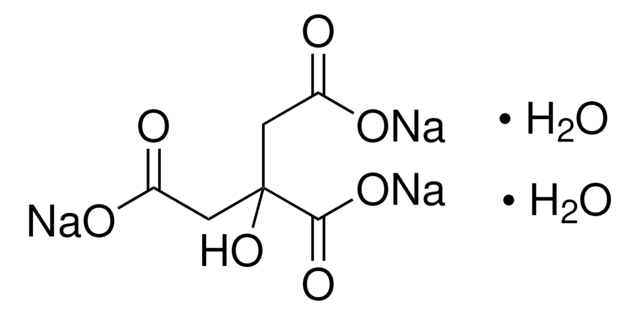V900112
Potassium carbonate
Vetec™, reagent grade, 98%
Recommended Products
grade
reagent grade
product line
Vetec™
Assay
98%
form
powder
pH
11.0-13 (25 °C, 138 g/L)
mp
891 °C (lit.)
SMILES string
[K+].[K+].[O-]C([O-])=O
InChI
1S/CH2O3.2K/c2-1(3)4;;/h(H2,2,3,4);;/q;2*+1/p-2
InChI key
BWHMMNNQKKPAPP-UHFFFAOYSA-L
Looking for similar products? Visit Product Comparison Guide
Legal Information
Signal Word
Warning
Hazard Statements
Precautionary Statements
Hazard Classifications
Eye Irrit. 2 - Skin Irrit. 2 - STOT SE 3
Target Organs
Respiratory system
WGK
WGK 1
Flash Point(F)
Not applicable
Flash Point(C)
Not applicable
Certificates of Analysis (COA)
Search for Certificates of Analysis (COA) by entering the products Lot/Batch Number. Lot and Batch Numbers can be found on a product’s label following the words ‘Lot’ or ‘Batch’.
Already Own This Product?
Find documentation for the products that you have recently purchased in the Document Library.
Our team of scientists has experience in all areas of research including Life Science, Material Science, Chemical Synthesis, Chromatography, Analytical and many others.
Contact Technical Service